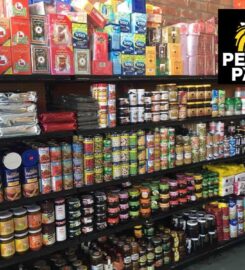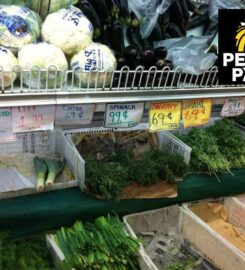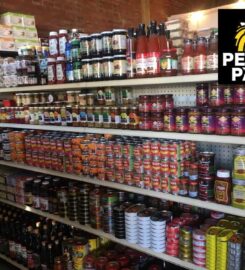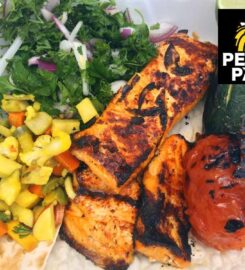
Tehran Market | Santa Monica, CA
Tehran Market | Santa Monica, CA
Tehran Market | Santa Monica, CA: Stalwart grocer specializing in Persian & Middle Eastern goods, including pastries, cheese & bread
Tehran Market: Iranian cuisine comprises the cooking traditions of Iran. The term Persian cuisine is also used, even though the Persians are only one of the several ethnic groups that are native to Iran and have contributed to the culinary culture.
Iran’s culinary culture has historically interacted with the cuisines of the neighbouring regions, including Caucasian cuisine, Turkish cuisine, Levantine cuisine, Greek cuisine, Central Asian cuisine, and Russian cuisine. Through the Persianized Central Asian Mughal dynasty, aspects of Iranian cuisine were also adopted into North Indian and Pakistani cuisines.
Typical Iranian main dishes are combinations of rice with meat, vegetables, and nuts. Herbs are frequently used, along with fruits such as plums, pomegranates, quince, prunes, apricots, and raisins. Characteristic Iranian flavourings such as saffron, dried lime and other sources of sour flavouring, cinnamon, turmeric, and parsley are mixed and used in various dishes.
Outside Iran, Iranian cuisine is especially found in multicultural places such as London, Los Angeles, the San Francisco Bay Area, and Toronto, which have significant Iranian populations. Los Angeles and its environs, in particular, are home to many Iranian restaurants
The usage of rice, at first a speciality of Safavid Empire’s court cuisine, evolved by the end of the 16th century CE into a major branch of Iranian cookery.[14] Traditionally, rice was most prevalent as a major staple item in northern Iran and the homes of the wealthy, while the bread was the dominant staple in the rest of the country.
Varieties of rice in Iran include grade, domain, Champa, doodi (smoked rice), Lenjan (from Lenjan County), Tarom (from Tarom County), anbarbu, and others. (Persian market Los Angeles)
The following table includes three primary methods of cooking rice in Iran
Fruits and vegetables
Agriculture of Iran produces many fruits and vegetables. Thus, a bowl of fresh fruit is common on Iranian tables, and vegetables are standard sides to most meals. These are not only enjoyed fresh and ripe as desserts but are also combined with meat and form accompaniments to main dishes.[17] When fresh fruits are not available, a large variety of dried fruits such as dates, fig, apricots and peach are used instead. Southern Iran is one of the world’s major date producers, where some special cultivars such as the Bam date are grown.
Vegetables such as pumpkins, spinach, green beans, fava beans, courgette, varieties of squash, onion, garlic and carrot are commonly used in Iranian dishes. Tomatoes, cucumbers and scallion often accompany a meal. While the eggplant is “the potato of Iran”,[18] Iranians are fond of fresh green salads dressed with olive oil, lemon juice, salt, chilli, and garlic.
Fruit dolma is probably a speciality of Iranian cuisine. The fruit is first cooked, then stuffed with meat, seasonings, and sometimes tomato sauce. The dolma is then simmered in meat broth or a sweet-and-sour sauce.
Verjuice, a highly acidic juice made by pressing unripe grapes or other sour fruit, is used in various Iranian dishes.[20] It is mainly used within soup and stew dishes, but also to simmer a type of squash dolma. Unripe grapes are also used whole in some dishes such as khoresh e quite (lamb stew with sour grapes). As a spice, verjuice powder (puree quite) is sometimes reinforced by verjuice and then dried.









